Herbs That Heal
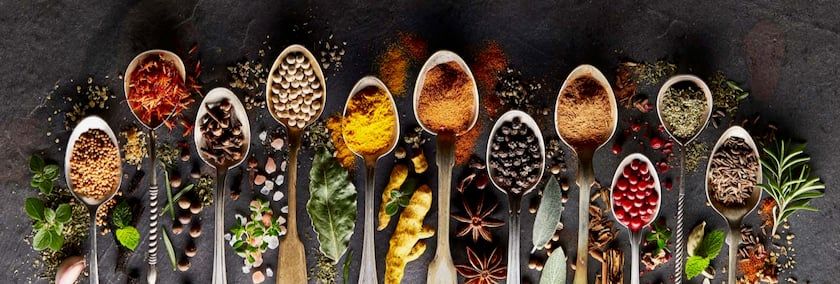

Take a leap into old-style remedies
The recent high-technology-driven vaccine for Coronavirus got us thinking: How did pioneers—and earlier generations—treat diseases, ailments, and discomforts in the days before medicines?
Basically, they went into their yards.

Once valued, now weeds
Anymore, it seems as though only survivalists and 1970s back-to-nature holdovers embrace cultivation of healing plants and herbs…but there is a growing contingent of those who are looking to try the old ways, and finding them better.
No doubt your grandmother (or great-grandmother) used to pick dandelions for dandelion wine. The root may have been dried and ground as a substitute for her coffee during the Depression. Today, many upscale, local-focused restaurants will add dandelion leaves to their salads during late spring and summer when they are most tender.
And once viewed as “out there,” even small towns are finding apothecary shops springing up, manned by trained herbalists, who are producing teas, powders, poultices, salves, and tinctures derived from natural, organically-grown sources
Let’s take a look at some that can be found in your garden, your yard, or in the woods near your home.
Dandelion
The bane of suburban homeowners everywhere, dandelions can be prolific, choking out grasses. Oh, how times have changed—generations ago, dandelion was planted (or at least encouraged) by homeowners.

Dandelion is promoted as a “tonic,” as a diuretic to alleviate water retention, and for a variety of conditions, including infections and digestive symptoms. Dandelion’s believed health effects include helping with urinary tract infections, inflammation, helping get over the common cold, and some think its Vitamin A may help lower the risk of cataracts, diarrhea, measles, and even breast cancer (from immune system support).
As a food, nearly the entire plant is edible. Pick the flowers, and you can used them to spice up pancakes or fritters—just peel the ripe yellow part away from the green base. Young dandelion leaf is used as a salad green and in soups and teas, and can be chopped and used in place of chives or green onion. The peeled, dried, and roasted root can be used as a coffee substitute.
Milk Thistle
For many landowners, milk thistle is a case of “if you see it, spray it.” That’s how unpopular thistles are. Related to the daisy and ragweed families, milk thistle (Silybum marianum) is most commonly used to support the liver and as a liver protectant.
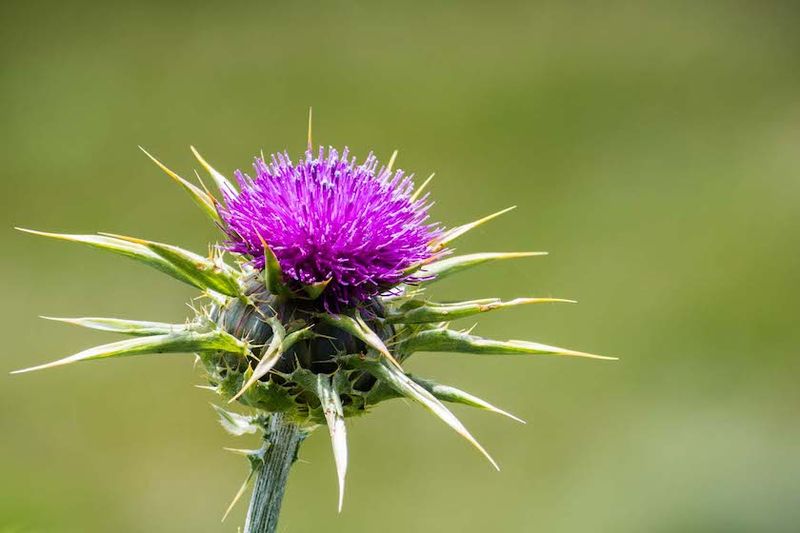
An ancient medicinal plant, it has been used for centuries for treatment of different liver and gallbladder diseases. Reportedly, it can even protect the liver against snake bite and fends off problems from alcohol abuse.
The Mayo Clinic reports promising research on milk thistle use for specific conditions shows a promising effect on diabetes (by lowering blood sugar in those with Type 2 diabetes), indigestion, and perhaps even cirrhosis.
Echinacea
Sounds exotic, doesn’t it? But Echinacea is better known to gardeners as the popular, beautiful, and showy perennial purple coneflower. Echinacea derivatives have been touted for generations as helping cold, flu, and respiratory symptoms. According to wildflower.org, Echinacea species attract butterflies and hummingbirds. Extracts are thought to improve white blood count, and may act as a mild natural antibiotic. Small amounts taken a few times daily are better than large dose, some say.
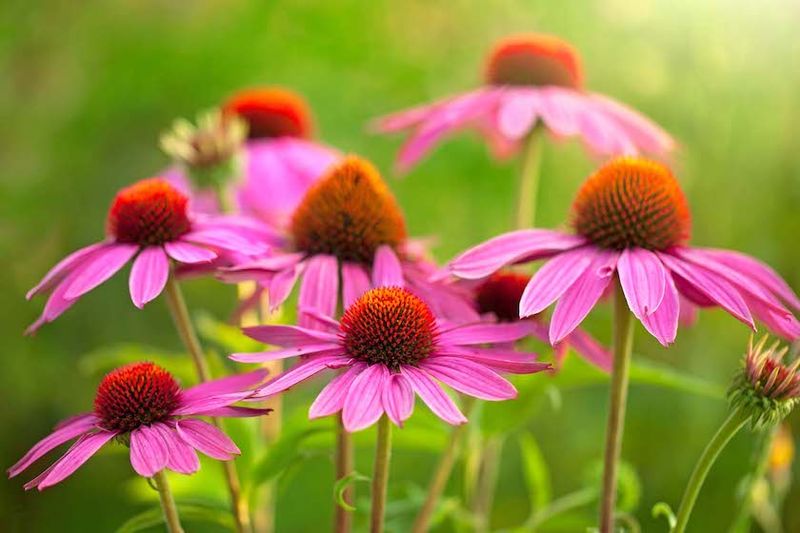
Stinging nettle
When you brush up against Urtica dioica, you’ll know it from the painful, stinging rash it produces. And that’s the benefit of this common weed, er, plant.
Stinging nettle has a long medicinal history as a treatment for painful muscles and joints, eczema, arthritis, gout, and anemia. Most often used as a tea, it has been researched for relieving issues related to the bladder and benign prostate hyperplasia (BPH) in men—although scientists aren’t sure why.. Some studies suggest that dried nettle in capsules can be an effective treatment in relieving allergy symptoms.
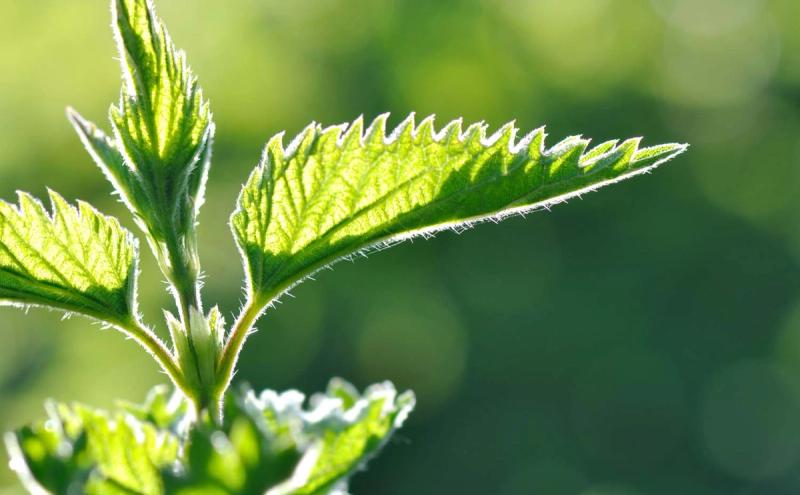
And those stinging hairs? Anecdotally, repeatedly rubbing eczema (atopic dermatitis) areas with nettles will trigger inflammatory chemicals in the body, eliminating the dry, itchy skin.
Aloe Vera
People in the south and southwestern U.S. know aloe as a prolific decorative outdoor plant, but it is much more. The aloe plant has a clear gel has been used as a cooling ointment for burns and minor wounds. Aloe may be beneficial in reducing side effects of acne medications, thereby reducing acne, and some have had relief from psoriasis.
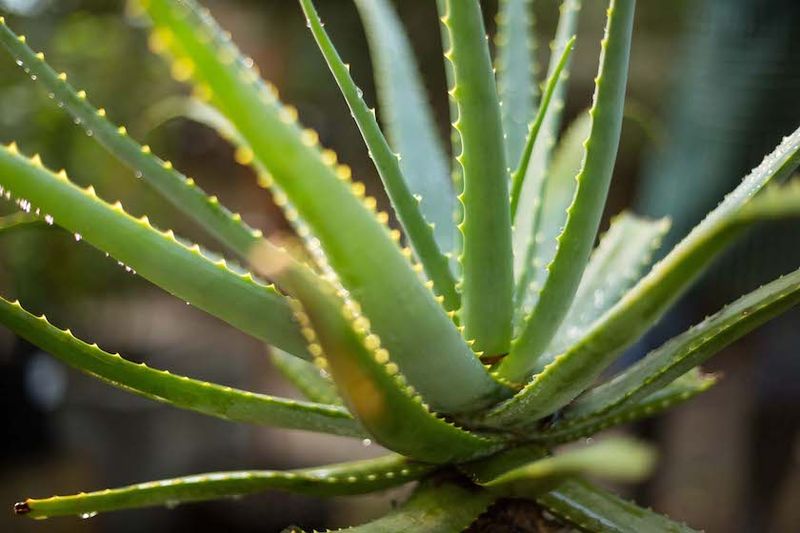
Aloe’s use as a cure for constipation found itself sideways with the Federal Drug Administration (FDA) in 2002, and it was banned from over-the-counter preparations. Plus, the natural latex component has been thought to be unsafe when used regularly. The Mayo Clinic reports that taking 1 gram a day of aloe latex for several days can cause kidney damage and might be fatal…so let’s keep it on the skin, yes?
Elderberry
The elder (or elderberry) is part of the Sambucus family, and there are around 30 types of elder plants and trees around the world. The European version (Sambucus nigra) is closely tied to your health and healing. Hippocrates, “the father of medicine,” is said to have called the elder tree his “medicine chest” and it has a well-documented history in folk remedies.

Elderberries are known to have more Vitamin C than oranges, and as much as three times the anti-oxidants of blueberries. Elderberry extract has been used medicinally for centuries for constipation, hay fever, sinus infections, toothaches, to clear up complexions and boost immunity.
If nothing else, elderberries produce a delicious syrup that can be made into an equally delicious wine.
Mint
Moving to the garden, mint is well-known as a “calming” herb to soothe an upset stomach or indigestion. But that’s just the start—mint has supposed benefits as a remedy for everything from aching feet and anxiety to dandruff, coughs, insomnia, and even flatulence.
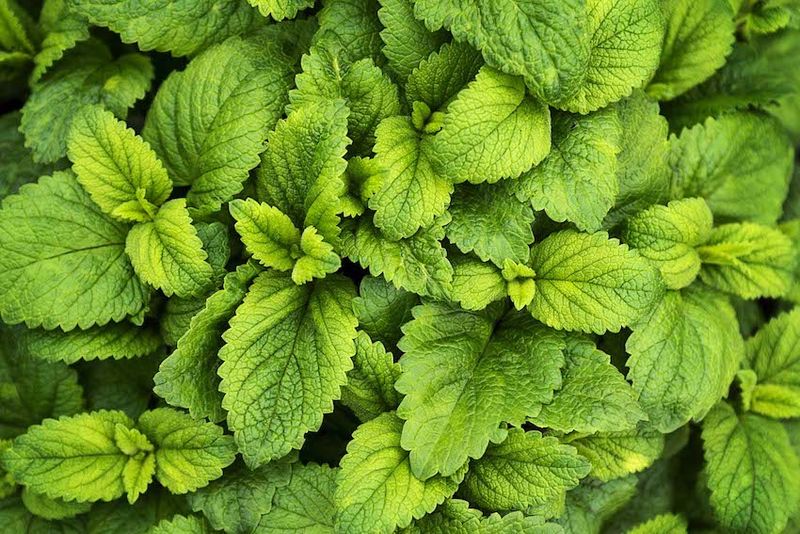
Fresh mint is beloved by cooks everywhere and is a well-used ingredient in teas, salads, refreshing drinks (mojitos!), and is key to making mint chocolate chip ice cream.
Sage
A member of the salvia family, only a few kinds of sage are edible—Salvia officinalis is what is used in Thanksgiving stuffing. However, its pharmacological properties have been studied for years.
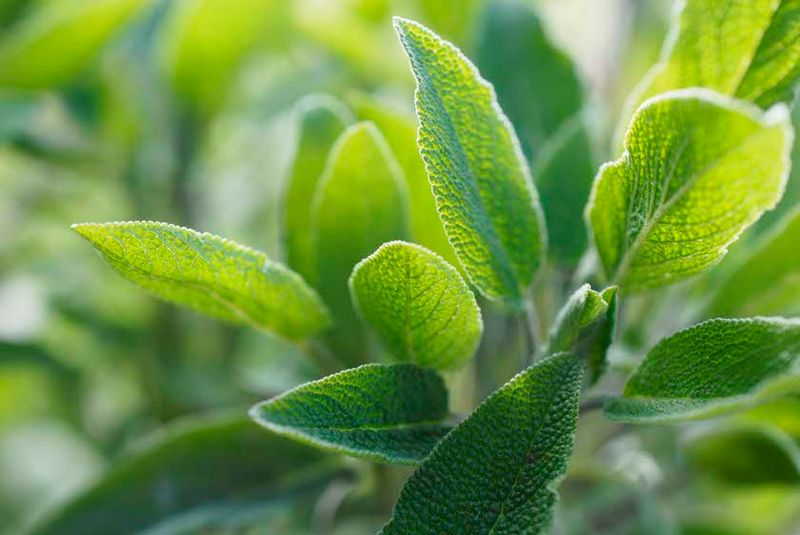
In folk medicine, it has been used for variety of disorders including seizure, ulcers, gout, rheumatism, inflammation, dizziness, tremor, paralysis, diarrhea, and high cholesterol. More commonly today, sage has been used to treat mild heartburn and bloating, excessive sweating, and may help manage age-related cognitive disorders like Alzheimer’s disease.
Penn Medicine in Philadelphia has a “Physic Garden” first planted in 1774. It contains botanical remedies used then and now: lambs ears for wounds, chamomile for relaxation, parsley for bad breath, and foxglove (digitalis), a component of some heart medicines.
How To Learn More About Herbalism
If you’re intrigued enough about using herbs and plants for treatment of health disorders, be advised that it’s not like enrolling in an established, accredited medical college or university…but you can get a certificate, diploma, or other document to illustrate your educational commitment.
The American College of Healthcare Sciences (achs.edu) is accredited by the Distance Education Accrediting Commission in 2003, and offers coursework in herbal medicine, aromatherapy, integrative health, and other courses.
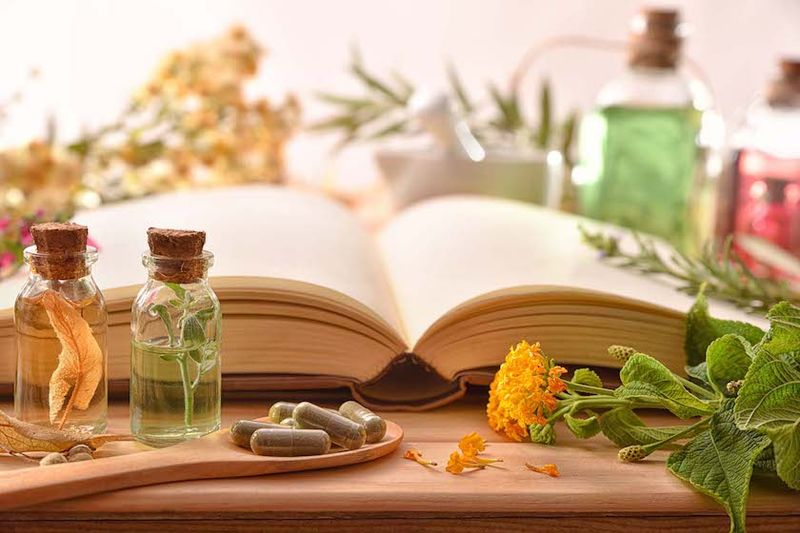
The online organization Coursera (coursera.org) offers a four-week course in herbal preparations, botanical safety, symptom management, and integrative care related to herbal medicine. It is offered by the University of Minnesota and is taught (via video) by an emergency medicine physician.
More often, though, the hands-on way to learn about many different herbal uses is with an apprenticeship with another trained herbalist or apothecary.
Tags:Features

Acreage Life is part of the Catalyst Communications Network publication family.
















